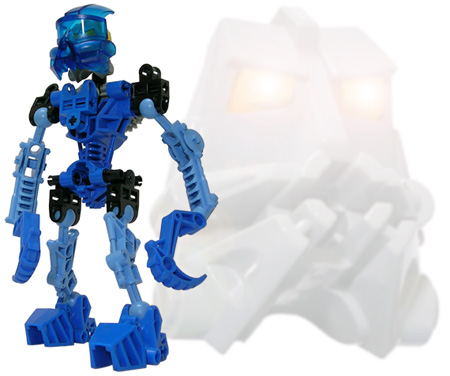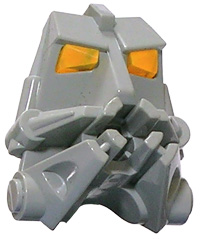
A photo of Gali, a Lego Bionicle figure released in 2001.
I’m sure everyone is aware Lego sets come in numerous parts which children have to assemble themselves. So, essentially, children are paying for the dubious privilege of role-playing underpaid Chinese toy factory workers. There are child labour laws throughout the world yet somehow Lego has circumvented these by claiming its products are educational.
It’s all in the marketing, kids.
Speaking of marketing, Bionicle was Lego’s multimedia assault on the action figure market. Realising educational value and creativity were no longer sufficient enticements, the company felt it was necessary to add viol-, sorry, action to the mix.

Lego did earn some style points in drawing upon Polynesian culture and mythology for Bionicle’s background story. However, the Maori people were none too happy about the fact their culture and language was being packaged and sold, and threats of legal action ensued. The Maori did eventually come to an agreement with Lego following which the company changed some of the names.
The line’s history and development are fascinating but the figures themselves don’t appeal all that much to me. Bionicle figures may be more action figure-y than Lego’s usual fare but they’re still a little too abstract for my tastes.

(Can you tell that Gali, the Toa pictured above, is supposed to be female?)
But you do have to respect the success Lego has achieved with the line since its debut in 2001. Newsweek reports Bionicle figures are among the top-10 requested holiday gifts for boys.
